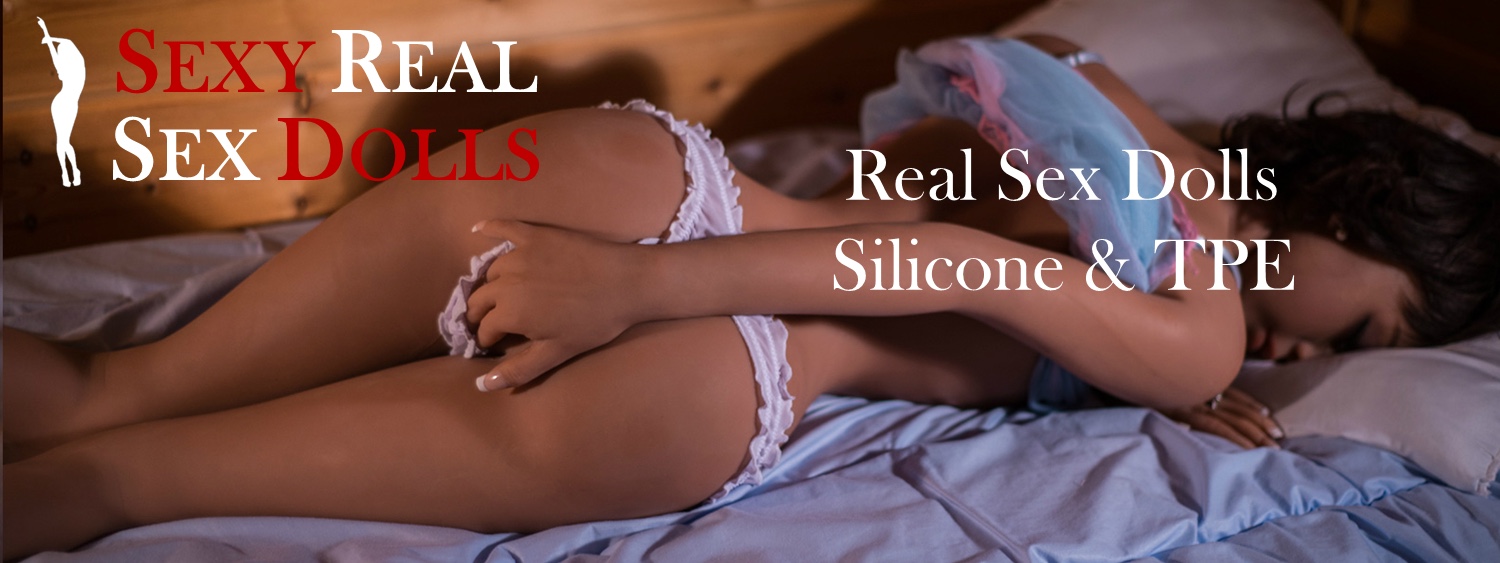Femdom, short for female domination, involves a power dynamic where the female partner assumes a dominant role over the submissive partner. This practice has existed for centuries, but its portrayal in media and popular culture has evolved significantly. Media representation plays a crucial role in shaping public perceptions and understanding of femdom. Accurate and diverse portrayals can help demystify femdom, reduce stigma, and foster acceptance.
In this article, we will explore the depiction of femdom in various media, from historical contexts to modern television, film, literature, music, fashion, and online platforms. By examining these representations, we aim to provide a comprehensive view of how femdom is portrayed and its impact on society.
Femdom contracts are essential in any femdom relationship. Check out our femdom contract download. You can also check out this range of super sexy femdom outfits by clicking here.
Femdom in Popular Culture

Historical Context of Femdom in Media
Early Representations of Femdom in Literature and Film: The depiction of femdom in media dates back to early literature and film. Classic works, such as Leopold von Sacher-Masoch’s novel “Venus in Furs” (1870), introduced themes of female dominance and submission. This novel, which gave rise to the term “masochism,” explores the complexities of power dynamics and has influenced subsequent representations of femdom.
Evolution of Femdom Portrayal Over the Decades: As society progressed, so did the portrayal of femdom in media. In the mid-20th century, films like “The Night Porter” (1974) began to explore more explicit themes of domination and submission, albeit often in controversial and provocative ways. The 1990s and early 2000s saw a shift towards more nuanced and varied depictions, with mainstream films and TV shows beginning to include femdom characters and storylines.
Key Milestones in Femdom Visibility: Key milestones include the publication of Anne Rice’s “The Claiming of Sleeping Beauty” series in the 1980s, which brought BDSM and femdom into popular literature. In film, “Secretary” (2002) marked a significant moment, presenting a complex and consensual femdom relationship that resonated with audiences and critics alike. These milestones have contributed to greater visibility and acceptance of femdom in mainstream culture.
Femdom in Modern Television and Film
Popular TV Shows Featuring Femdom Characters: Modern television has seen an increase in the representation of femdom characters. Shows like “Game of Thrones” and “Billions” feature strong, dominant female characters who engage in power dynamics with their partners. These portrayals, while sometimes dramatized, offer viewers a glimpse into the complexities of femdom relationships.
Notable Films That Depict Femdom Relationships: Films such as “Secretary” (2002) and “The Duke of Burgundy” (2014) have been pivotal in presenting femdom in a more realistic and relatable manner. “Secretary” tells the story of a consensual BDSM relationship between a secretary and her boss, highlighting themes of trust, consent, and mutual satisfaction. “The Duke of Burgundy” explores the dynamics of a lesbian femdom relationship, focusing on the emotional and psychological aspects of power exchange.
Analysis of How These Portrayals Influence Public Perception: These portrayals influence public perception by challenging stereotypes and providing a more nuanced understanding of femdom. By showcasing the consensual and fulfilling aspects of femdom relationships, these films and TV shows help to demystify the practice and reduce stigma. However, it is essential to recognize that dramatizations can sometimes perpetuate misconceptions, and audiences should approach these portrayals with a critical eye.
Femdom in Literature
Classic and Contemporary Novels with Femdom Themes: Literature has long been a medium for exploring femdom themes. Classic novels like “Venus in Furs” laid the groundwork, while contemporary works such as “The Story of O” by Pauline Réage and “The Beauty Trilogy” by Anne Rice have furthered the genre. These books delve into the psychological and emotional dimensions of femdom, offering readers a deeper understanding of the dynamics involved.
Impact of Literature on Femdom Awareness and Acceptance: Literature plays a significant role in raising awareness and fostering acceptance of femdom. By presenting well-developed characters and intricate storylines, these novels challenge readers to reconsider their preconceived notions about power dynamics. The accessibility of literature allows for a broad audience to explore femdom in a private and reflective manner, contributing to its normalization.
Examples of Significant Works and Their Contribution to the Genre:
- “Venus in Furs” by Leopold von Sacher-Masoch: Introduced the concept of masochism and female dominance.
- “The Story of O” by Pauline Réage: Explores themes of submission and domination within a complex narrative.
- “The Beauty Trilogy” by Anne Rice: Blends eroticism and fantasy, offering a unique perspective on femdom and BDSM.
These works have not only enriched the genre but also provided valuable insights into the diverse expressions of femdom, influencing both popular culture and personal explorations of power dynamics.
Femdom in Music and Fashion
Representation of Femdom in Music Videos and Lyrics: Femdom themes have increasingly appeared in music videos and lyrics, often emphasizing power dynamics and dominance. Songs like Madonna’s “Human Nature” and Rihanna’s “S&M” showcase elements of femdom through their lyrics and visuals, highlighting themes of control and submission. These representations bring femdom imagery to a mainstream audience, making it more visible and potentially more accepted.
Influence of Femdom Aesthetics in Fashion: Femdom aesthetics, characterized by materials such as leather, latex, and high heels, have significantly influenced fashion. Designers like Alexander McQueen and Jean-Paul Gaultier have integrated these elements into their collections, celebrating power and authority through their designs. Celebrities like Lady Gaga and Beyoncé often incorporate these styles into their wardrobes, popularizing femdom-inspired fashion and making it a part of mainstream culture.
Cultural Impact of These Representations: The representation of femdom in music and fashion has helped demystify and normalize the practice. By incorporating femdom aesthetics and themes into popular culture, these industries contribute to a broader understanding and acceptance. However, the eroticized nature of these portrayals can sometimes reinforce stereotypes, necessitating a balanced and critical perspective when interpreting these representations.
Online Platforms and Social Media
The Role of Social Media in Spreading Femdom Awareness: Social media platforms like Instagram, Twitter, and TikTok have played a crucial role in spreading awareness about femdom. Influencers and content creators share educational posts, personal experiences, and visually striking content that highlights femdom practices and aesthetics. Hashtags like #Femdom and #FemaleDominance connect users with a wealth of information and community support, fostering a broader understanding and acceptance of femdom.
Online Communities and Influencers Promoting Femdom: Online communities such as FetLife and Reddit provide spaces for discussions, advice, and shared experiences. Influencers like Mistress Velvet and Empress Wu use their platforms to educate and advocate for consensual and informed femdom practices. These online figures shape public perception and offer valuable resources for those interested in exploring femdom, creating a supportive and informative environment.
Impact of Digital Platforms on Femdom Visibility: Digital platforms have significantly increased the visibility of femdom, making it more accessible to a global audience. They enable the dissemination of accurate information and foster a sense of community among practitioners. However, the rise of digital visibility also comes with challenges, such as the potential for misinformation and the perpetuation of unrealistic portrayals. Users must critically evaluate the content they encounter online to separate fact from fiction.
The Impact of Media Representation on Femdom Perception
Positive and Negative Effects of Media Portrayals: Media portrayals of femdom have both positive and negative effects. On the positive side, they can normalize and destigmatize femdom, providing visibility and fostering acceptance. On the negative side, sensationalized or inaccurate portrayals can reinforce harmful stereotypes and misconceptions, leading to misunderstanding and judgment.
Stereotypes and Misconceptions Perpetuated by Media: Common stereotypes perpetuated by media include the idea that femdom is inherently abusive or always involves extreme behaviors. These portrayals can distort the public’s understanding of consensual and respectful femdom dynamics. Additionally, media often focuses on the more sensational aspects, neglecting the everyday realities and emotional depth of femdom relationships. This skewed representation can lead to a limited and often negative perception of femdom.
Real-Life Implications for the Femdom Community: The media’s portrayal of femdom impacts the real-life experiences of practitioners. Positive representations can foster greater acceptance and understanding, encouraging more people to explore femdom safely and consensually. Conversely, negative portrayals can lead to stigma and discrimination, making it harder for individuals to openly discuss and practice femdom. It is crucial for media creators to approach femdom with accuracy and sensitivity, reflecting its diversity and complexity.
Interviews and Personal Accounts
Interviews with Individuals Who Practice Femdom: Interviews with those who practice femdom provide valuable insights into their experiences and perspectives. These firsthand accounts reveal the diversity of femdom practices and highlight the importance of consent, communication, and mutual respect. For example, an interview with a professional dominatrix might explore how media representations affect their work and client relationships.
Personal Stories About the Influence of Media Representations on Their Experiences: Individuals often share how media representations have shaped their understanding and practice of femdom. Some may describe how positive portrayals encouraged them to explore their interests, while others might discuss the challenges of combating negative stereotypes. These stories underscore the significant impact media has on personal and community dynamics, offering a more nuanced view of femdom.
Insights into How Accurate or Misleading These Portrayals Are: Personal accounts reveal the extent to which media portrayals are accurate or misleading. Practitioners often highlight discrepancies between their real-life experiences and media depictions, emphasizing the need for more authentic and respectful representations. By sharing their stories, they contribute to a more informed and balanced understanding of femdom, helping to dispel myths and educate the broader public.
Femdom in Popular Culture
Resources for Further Exploration
Recommended Books, Films, and TV Shows: To gain a deeper understanding of femdom, consider exploring various media. Books like “The Mistress Manual” by Lorelei and “The Story of O” by Pauline Réage offer valuable insights. Films such as “Secretary” and “The Duke of Burgundy” provide nuanced portrayals of femdom dynamics. TV shows like “Billions” feature strong femdom characters, presenting these themes in a broader context.
Online Resources and Communities: Online platforms are excellent for connecting with others and accessing information. Websites like FetLife and Reddit offer forums and communities where individuals can share experiences and seek advice. Blogs and social media pages run by experienced practitioners provide educational content and support for those interested in femdom.
Workshops and Seminars for Deeper Understanding: Attending workshops and seminars can be incredibly beneficial. These events offer hands-on learning opportunities and allow participants to ask questions and engage with experienced practitioners. Many BDSM and kink organizations host regular educational events that cover various aspects of femdom, from beginner basics to advanced techniques.
Conclusion
Here we have explored how femdom is represented in popular culture, including music, fashion, online platforms, and media. We discussed the impact of these portrayals on public perception and the real-life implications for the femdom community.
It is essential to approach media portrayals of femdom with a critical eye. While these representations can raise awareness and foster acceptance, they can also perpetuate stereotypes and misconceptions. Understanding the complexities and diverse expressions of femdom helps in appreciating its true nature.
Accurate and diverse portrayals of femdom in media are crucial for reducing stigma and promoting a healthy, consensual understanding of these dynamics. By embracing a range of representations, we can foster a more inclusive and informed society that respects and values the experiences of those who practice femdom.

